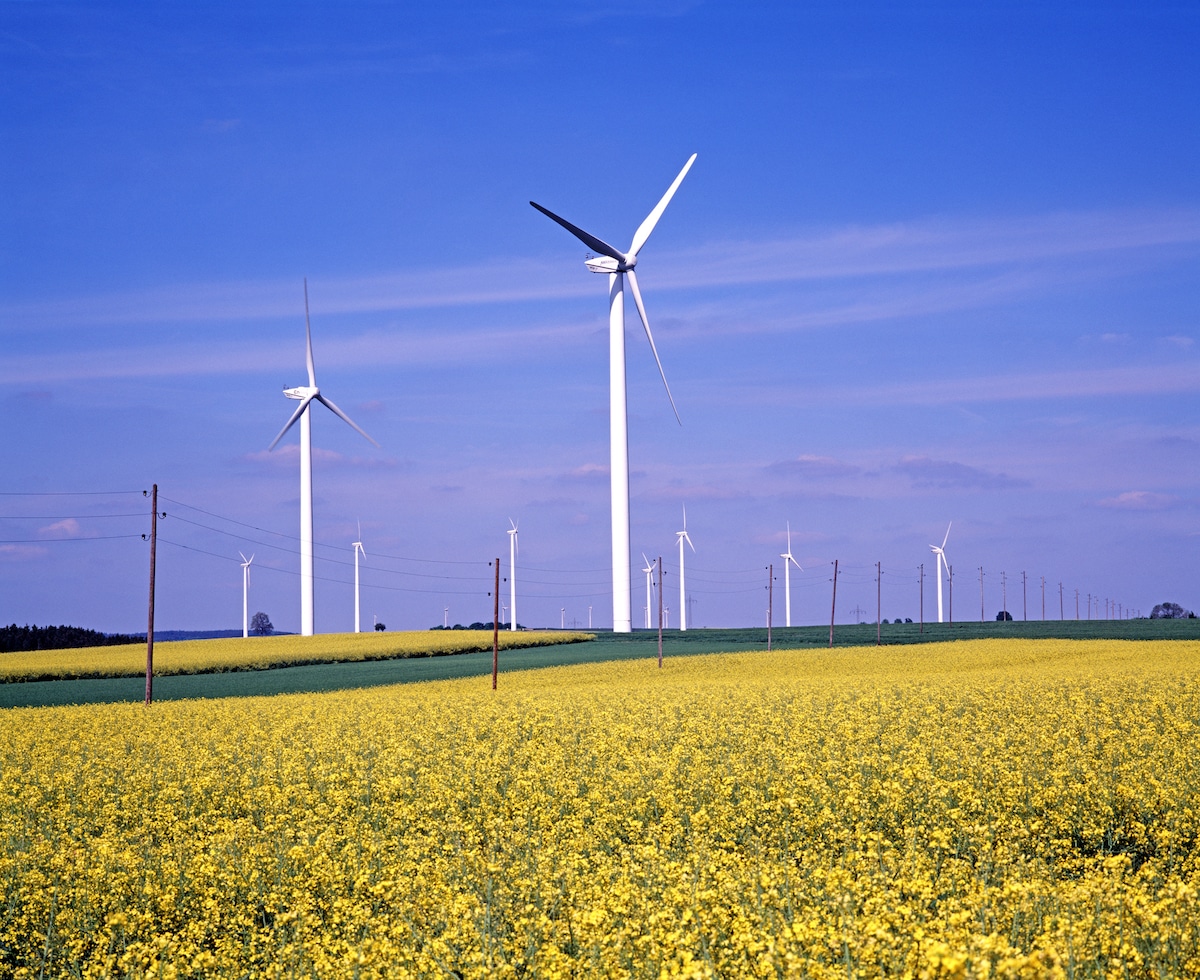Wind Turbine Orders Fall in EU, Putting Climate Goals at Risk

 Why you can trust us
Why you can trust us
Founded in 2005 as an Ohio-based environmental newspaper, EcoWatch is a digital platform dedicated to publishing quality, science-based content on environmental issues, causes, and solutions.
According to a report by wind association WindEurope, orders for onshore wind turbines in the EU have fallen to 36 percent in the third quarter of 2022, compared with the same time last year, putting climate targets at risk, reported Energy Live News.
The decline was attributed to lagging permit processing, cost pressures from inflation and instability in the EU’s electricity market, the authors of the report said.
The most orders came from Finland, with approximately 322 megawatts, followed by Sweden and Germany.
“This brings total orders in 2022 to 7.7 GW — far off from what Europe needs to reach its energy and climate targets. The EU wants 510 GW of wind energy by 2030. This means the wind industry should install 39 GW of new wind each year up to 2030. At the current rate of turbine orders Europe would fall well short of this target,” WindEurope reported.
WindEurope has encouraged governments to speed up the expansion of wind energy capacity if their climate goals are to be met, reported Energy Live News.
“The rapid deployment of wind energy has never been more urgent — for energy security, for the climate, and for affordable energy prices. This requires a step change in EU policy: to accelerate permitting of new projects, give renewables investors visibility, and strengthen and expand [] the European wind supply chain,” WindEurope said.
The rise in costs for wind turbine components, raw materials and international shipping have been affecting the industry, reported Power Engineering International.
The wind energy supply chain also continued to be impacted by a market that isn’t sufficient in size.
At the European Council meeting earlier this month, government officials and heads of state asked the European Commission to speed up the simplification of the permit process, WindEurope reported.
A joint letter from WindEurope asked the commission to make certain that renewable energy deployment is handled as “a matter of overriding public interest,” which would make the maximum permit processing time two years.
Besides improving the permitting process, future revenues need to be clarified for developers and investors before they order additional turbines and proceed with new projects.
“The European Union must ensure that the Recovery and Resilience funding is channelled to strengthen and expand the wind energy supply chain. The European Investment Bank can play a key role in supporting the supply chain too. So can tax credits similar to those the U.S. now use under their Inflation Reduction Act,” reported WindEurope.
Subscribe to get exclusive updates in our daily newsletter!
By signing up, you agree to the Terms of Use and Privacy Policy & to receive electronic communications from EcoWatch Media Group, which may include marketing promotions, advertisements and sponsored content.

 233k
233k  41k
41k  Subscribe
Subscribe 




